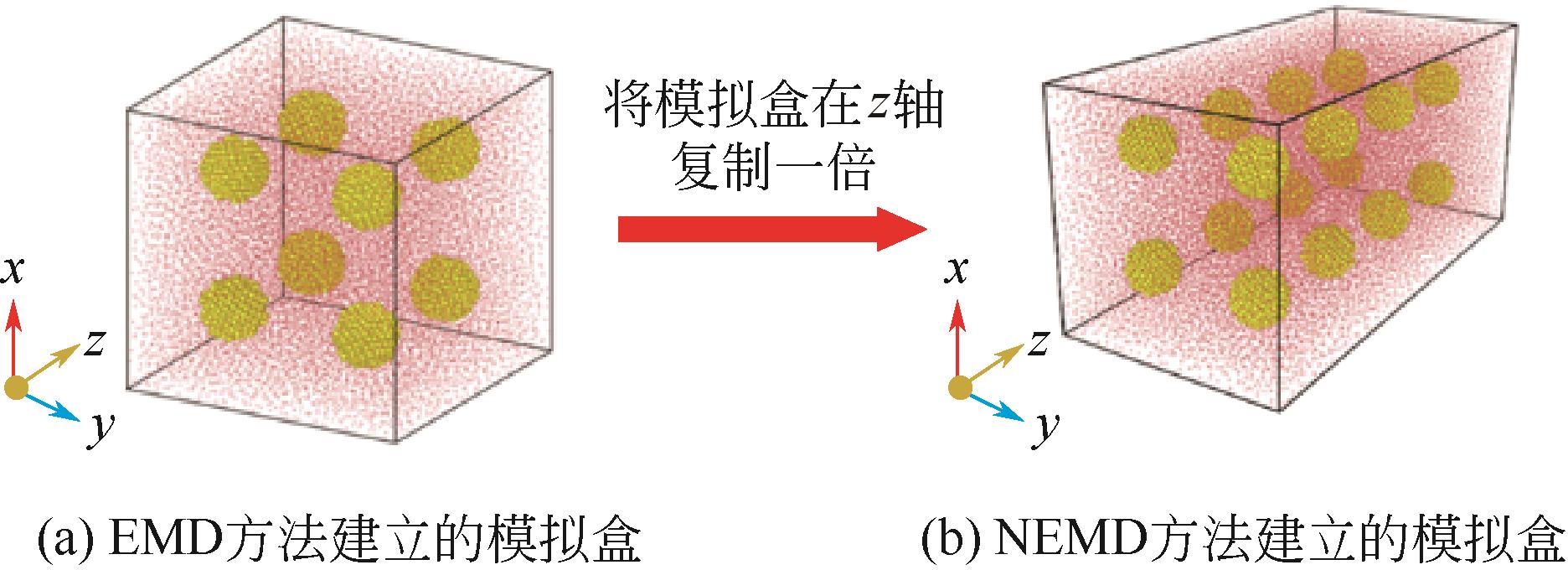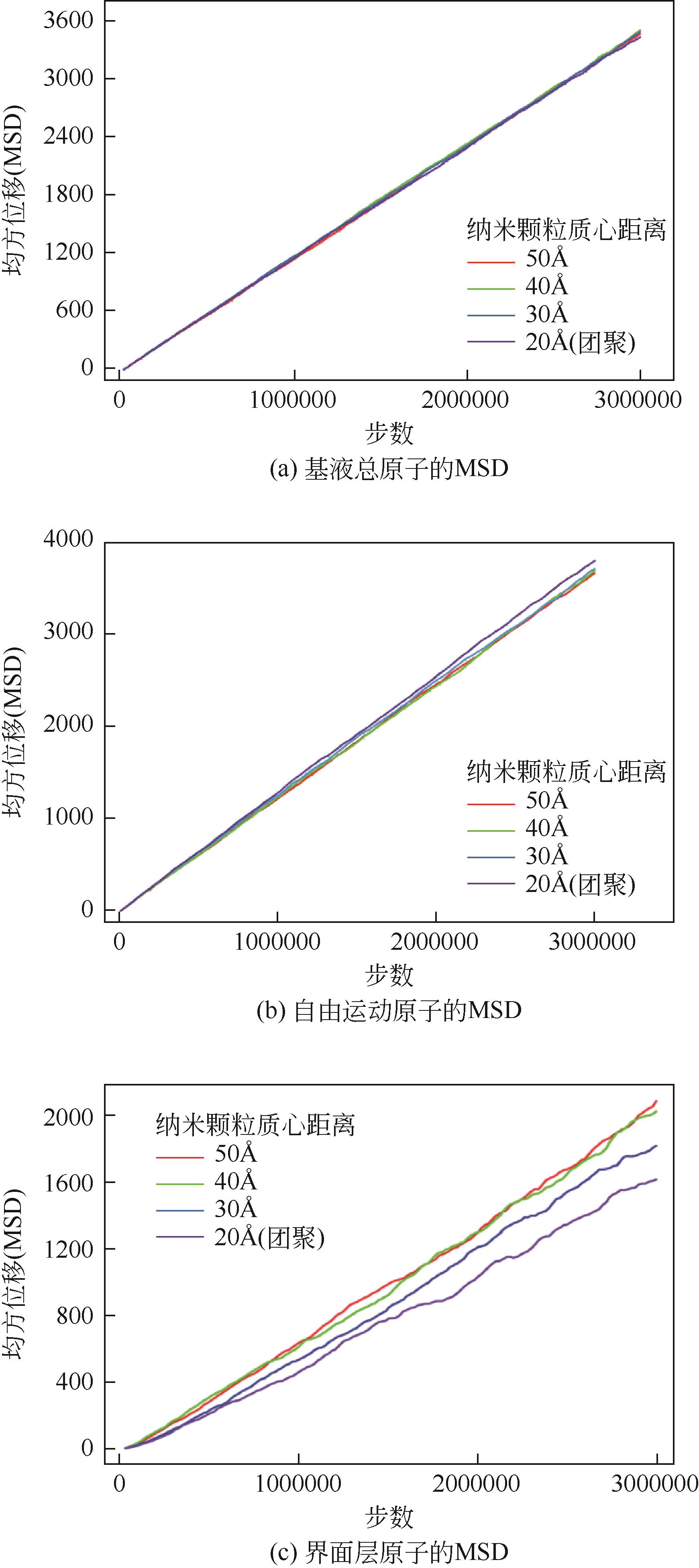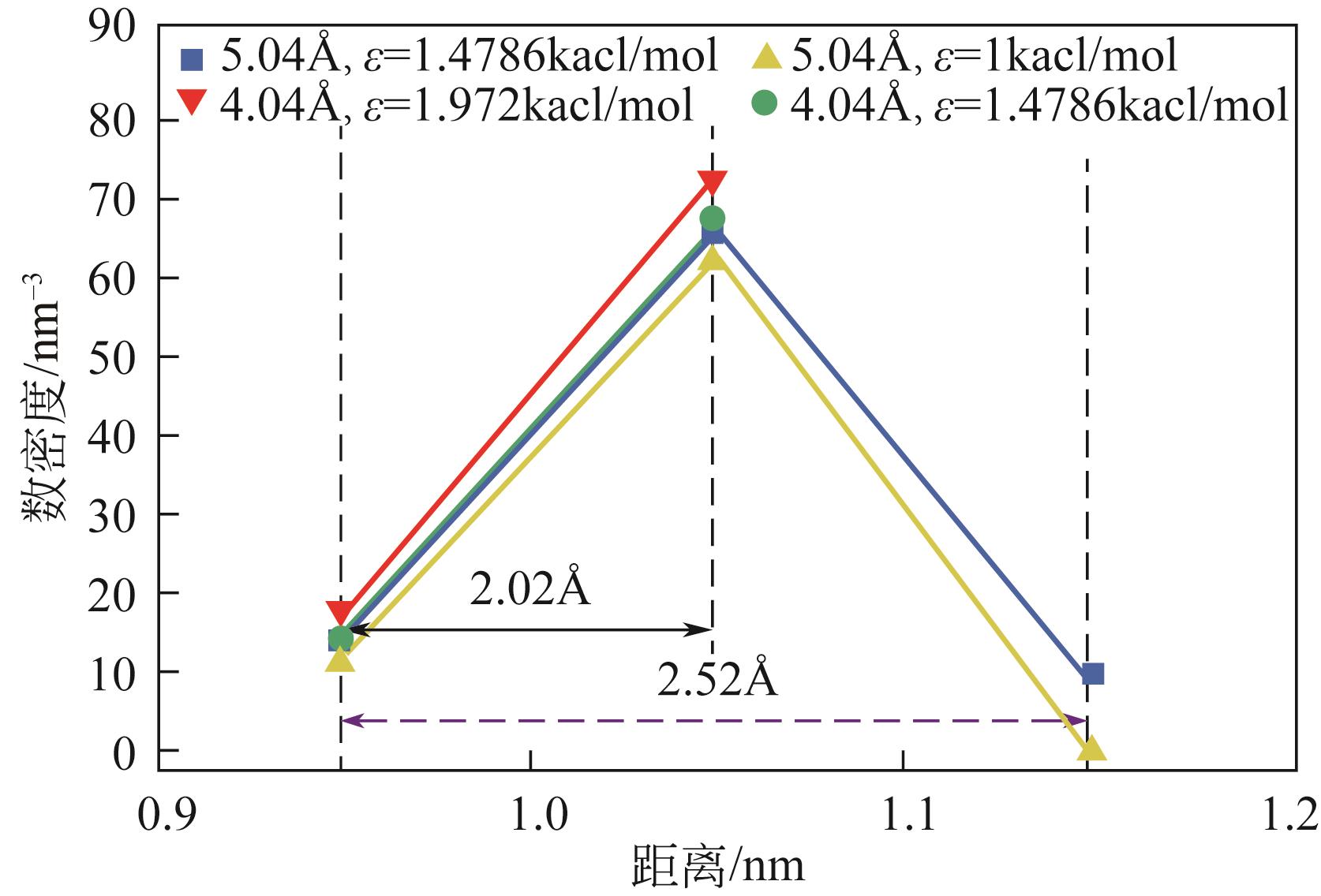| 1 |
CHOI S S, EASTMAN J A, et al. Enhancing thermal conductivity of fluids with nanoparticles[R]. Argonne National Lab. (ANL), Argonne, IL (United States), 1995.
|
| 2 |
TENG T P, HUNG Y H, TENG T C, et al. The effect of alumina/water nanofluid particle size on thermal conductivity[J]. Applied Thermal Engineering, 2010, 30(14/15): 2213-2218.
|
| 3 |
SELVAN P, JEBAKANI D, JEYASUBRAMANIAN K, et al. Enhancement of thermal conductivity of water based individual and hybrid SiO2/Ag nanofluids with the usage of calcium carbonate nano particles as stabilizing agent[J]. Journal of Molecular Liquids, 2022, 345: 117846.
|
| 4 |
AHMED S A, OZKAYMAK M, SÖZEN A, et al. Improving car radiator performance by using TiO2-water nanofluid[J]. Engineering Science and Technology, 2018, 21(5): 996-1005.
|
| 5 |
MAXWELL-GARNETT J C. Colours in metal glasses and in metallic films[J]. Philosophical Transactions of the Royal Society of London Series A, Containing Papers of a Mathematical or Physical Character, 1904, 203(359/360/361/362/363/364/365/366/367/368/369/370/371): 385-420.
|
| 6 |
HAMILTON R L, CROSSER O K. Thermal conductivity of heterogeneous two-component systems[J]. Industrial & Engineering Chemistry Fundamentals, 1962, 1(3): 187-191.
|
| 7 |
YU W, CHOI S S. The role of interfacial layers in the enhanced thermal conductivity of nanofluids: A renovated Hamilton-Crosser model[J]. Journal of Nanoparticle Research, 2004, 6(4): 355-361.
|
| 8 |
PRASHER R, PRAJESH B, PHELAN P E. Thermal conductivity of nanoscale colloidal solutions (nanofluids)[J]. Physical Review Letters, 2005, 94(2): 025901.
|
| 9 |
PRASHER R, PHELAN P, PRAJESH B. Effect of aggregation kinetics on the thermal conductivity of nanoscale colloidal solutions (nanofluid)[J]. Nano Letters, 2006, 6(7): 1529-1534.
|
| 10 |
AYBAR H Ş, SHARIFPUR M, AZIZIAN M R, et al. A review of thermal conductivity models for nanofluids[J]. Heat Transfer Engineering, 2015, 36(13): 1085-1110.
|
| 11 |
HONG Jonggan, KIM Dongsik. Effects of aggregation on the thermal conductivity of alumina/water nanofluids[J]. Thermochimica Acta, 2012, 542: 28-32.
|
| 12 |
PHILIP J, SHIMA P D, BALDEV R. Evidence for enhanced thermal conduction through percolating structures in nanofluids[J]. Nanotechnology, 2008, 19(30): 305706.
|
| 13 |
LEE S L, SAIDUR R, SABRI M F M, et al. Molecular dynamic simulation on the thermal conductivity of nanofluids in aggregated and non-aggregated states[J]. Numerical Heat Transfer, Part A: Applications, 2015, 68(4): 432-453.
|
| 14 |
SEDIGHI Mina, MOHEBBI Ali. Investigation of nanoparticle aggregation effect on thermal properties of nanofluid by a combined equilibrium and non-equilibrium molecular dynamics simulation[J]. Journal of Molecular Liquids, 2014, 197: 14-22.
|
| 15 |
CHEN Wenzhe, ZHAI Yuling, GUO Wenjie, et al. A molecular dynamic simulation of the influence of linear aggregations on heat flux direction on the thermal conductivity of nanofluids[J]. Powder Technology, 2023, 413: 118052.
|
| 16 |
王新, 敬登伟. 颗粒表面吸附层对纳米流体热导率贡献的分子动力学研究[J]. 工程热物理学报, 2017, 38(7): 1459-1465.
|
|
WANG Xin, JING Dengwei. Molecular dynamics study of contribution of the particle surface absorption layer to the thermal conductivity of nanofluids[J]. Journal of Engineering Thermophysics, 2017, 38(7): 1459-1465.
|
| 17 |
WANG Xin, JING Dengwei. Determination of thermal conductivity of interfacial layer in nanofluids by equilibrium molecular dynamics simulation[J]. International Journal of Heat and Mass Transfer, 2019, 128: 199-207.
|
| 18 |
ACHHAL E M, JABRAOUI H, ZEROUAL S, et al. Modeling and simulations of nanofluids using classical molecular dynamics: Particle size and temperature effects on thermal conductivity[J]. Advanced Powder Technology, 2018, 29(10): 2434-2439.
|
| 19 |
ESSAJAI R, MZERD A, HASSANAIN N, et al. Thermal conductivity enhancement of nanofluids composed of rod-shaped gold nanoparticles: Insights from molecular dynamics[J]. Journal of Molecular Liquids, 2019, 293: 111494.
|
| 20 |
ZHANG Liang, TIAN Linchao, ZHANG Anlong, et al. Molecular dynamics simulations of the effects of a nanoparticle surface adsorption layer on the thermal conductivity of a Cu-Ar nanofluid[J]. International Journal of Thermophysics, 2021, 42(3): 44.
|
| 21 |
ATMURI A K, HENSON M A, BHATIA S R. A population balance equation model to predict regimes of controlled nanoparticle aggregation[J]. Colloids and Surfaces A: Physicochemical and Engineering Aspects, 2013, 436: 325-332.
|
 ), WANG Shuang(
), WANG Shuang( ), ZHAI Yuling(
), ZHAI Yuling( ), LI Zhouhang
), LI Zhouhang







